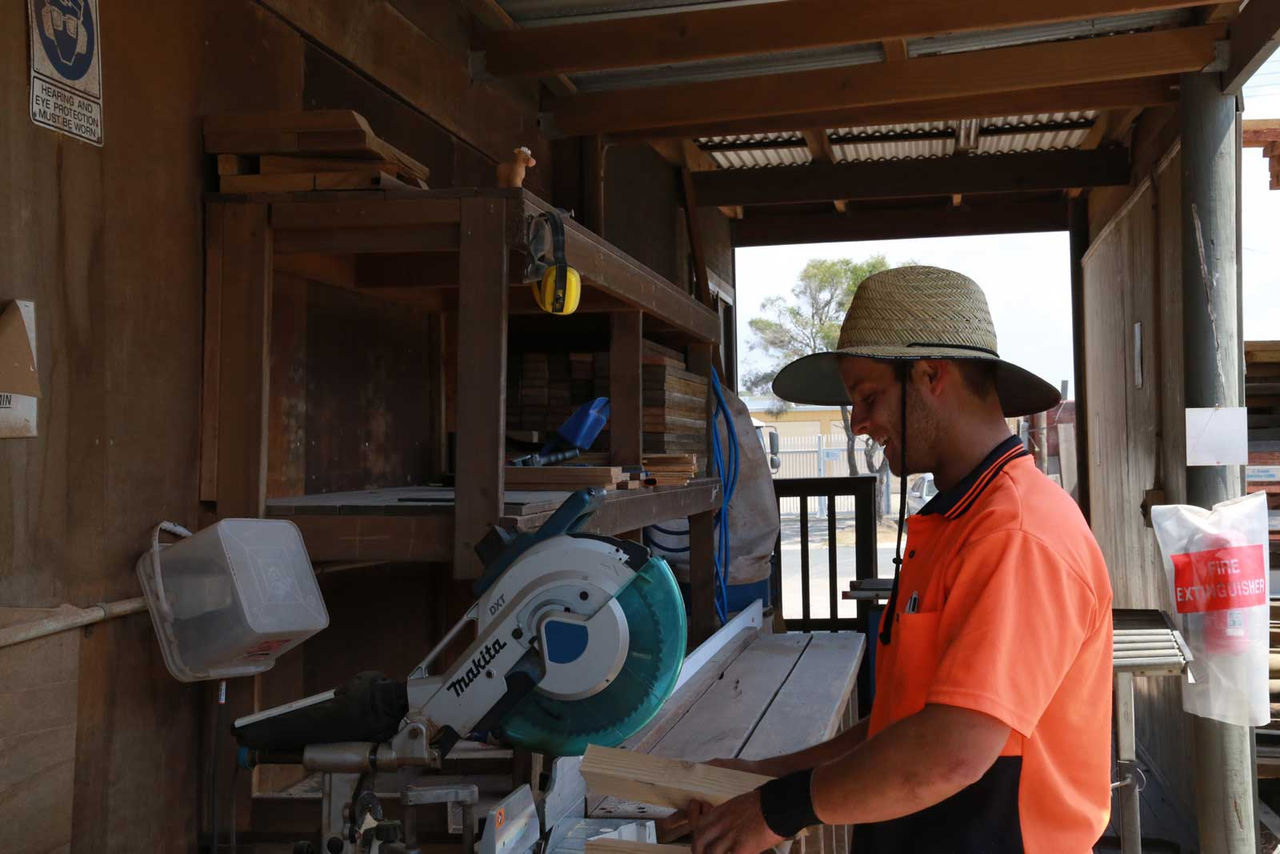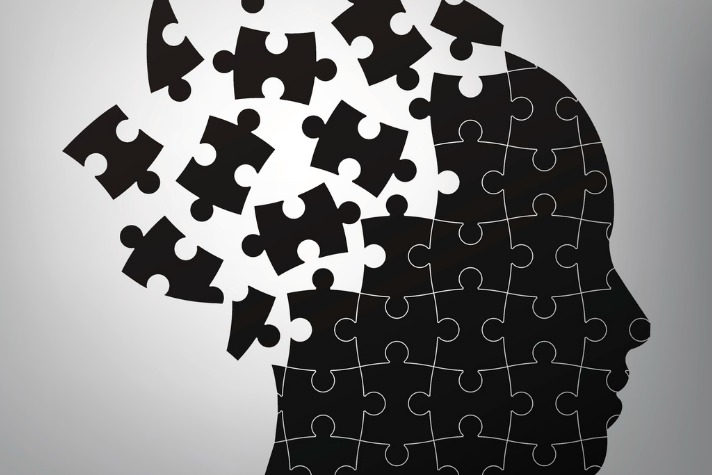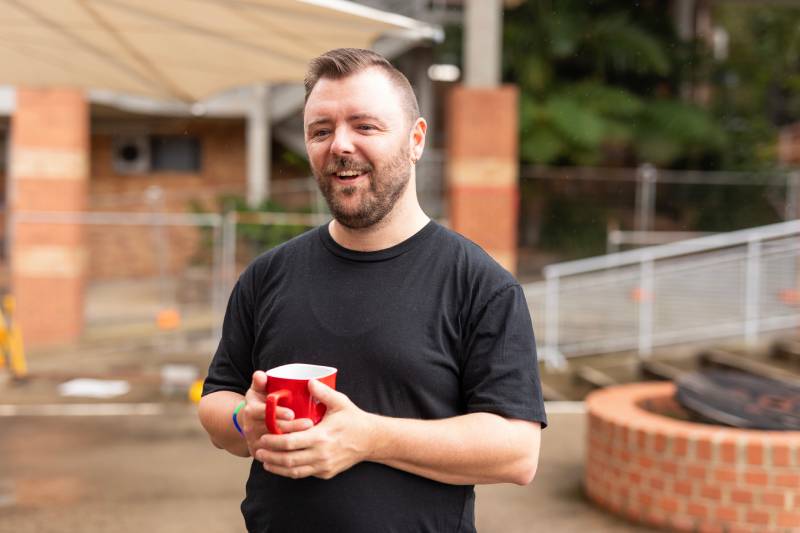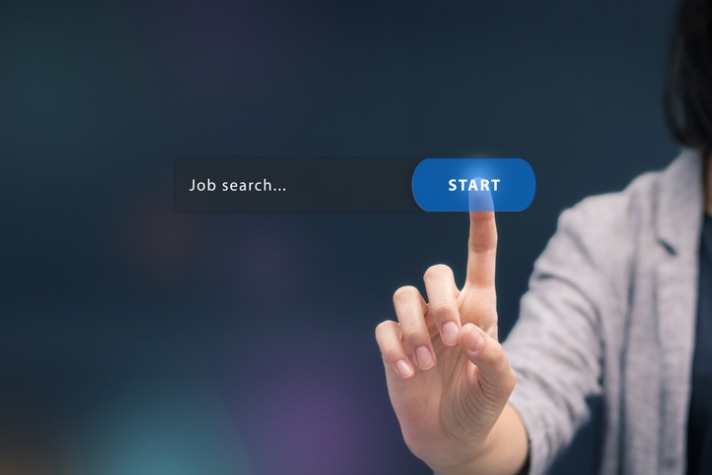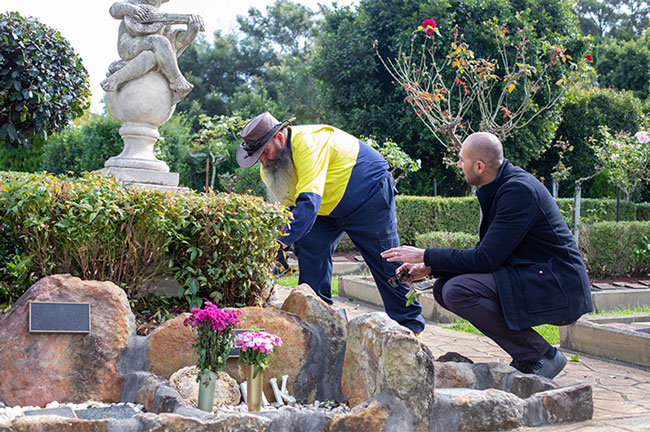Kindness in the workplace
Published by MAXSolutions on June 08, 2025

Kindness in the workplace
People who are kind have a greater sense of wellbeing, more positive emotions, better mental and physical health and greater life satisfaction regardless of their wealth, health and work situation. (1)
Kindness, can be defined as “a gesture motivated by a warm feeling for others”; the action is key. To be kind, you have to actually do something. In fact, your happiness can be better enhanced by changing a few activities that you choose rather than by a change in circumstance. That means that being kind to people around you can be better for your health and wellbeing than winning the lottery.
Workplaces in which people are kind, are full of people who are happy. Interestingly, workplaces in which people are kind to their boss have people who are happier still. But certainly, when there is kindness in all areas of a workplace, people are happier than in workplaces without kindness. (3) People who engage in acts of kindness experience a surge in happiness and in their sense of wellbeing. It is equally true that happy people tend to perform more acts of kindness. (4)
Studies (3) show that kind people reported greater levels of happiness and more happy memories. Many studies have confirmed a close relationship between kindness, gratitude, and happiness (1). There is also a well documented link between happiness, life satisfaction, and mental and physical health.(6)
Recipients of kindness experience benefits to their physical and mental health, including increases in their sense of well-being (4). But giving help will do you more good than receiving it (6). Moreover, the more often you are kind and the greater the magnitude of your kindness the greater will be your happiness, sense of wellbeing, life satisfaction and mental and physical health (6).
Kindness can be contagious! Psychologists call kindness the “prosocial contagion”. Those who receive kindness are more likely to themselves be kind (3).
Acts of kindness don’t have to be magnificent gestures. Small things can make a big difference: letting someone go before you on the road; giving up your seat on public transport for a parent with an infant; caring for a neighbour’s plants while they are unwell, donating unwanted items to a charity and taking the time to acknowledge your colleague for their good work, and support. If you want to give someone a compliment, make sure to compliment something they have control over; if you must compliment somebody’s appearance, comment on their style, or their taste rather than the attributes they were born with and can do nothing about. Acts of kindness can be a significant gift such as donating bone marrow to a family member or performing a signal service to a friend (or stranger) in need.
Find something kind you can do today.
References
1. Dossett, T. H. (2011). The influence of the character strengths of gratitude and kindness on subjective well-being (Order No. 3480419).
2. Greco, A., González-Ortiz, L.,G., Gabutti, L., & Lumera, D. (2025). What's the role of kindness in the healthcare context? A scoping review. BMC Health Services Research, 25, 1-25. doi:https://doi.org/10.1186/s12913-025-12328-1
3. Kindness and happiness at work. (2024). Discover Psychology, 4(1), 167. doi:https://doi.org/10.1007/s44202-024-00276-6Post, S. G. (2005). Altruism, happiness, and health: It's good to be good. International Journal of Behavioral Medicine, 12, 66-77
4. Otake, K., Shimai, S., Tanaka-Matsumi, J., Otsui, K., & Fredrickson, B. L. (2006). Happy people become happier through kindness: A counting kindnesses intervention. Journal of Happiness Studies, 7(3), 361–375. doi:10.1007/s10902-005-3650-z.
5. Kerr, S. L., O'donovan, A., & Pepping, C. A. (2015). Can gratitude and kindness interventions enhance well-being in a clinical sample? Journal of Happiness Studies, 16(1), 17-36. doi:http://dx.doi.org/10.1007/s10902-013-9492-1
5. Buchanan, K. E., & Bardi, A. (2010). Acts of kindness and acts of novelty affect life satisfaction. The Journal of Social Psychology, 150(3), 235-7. Retrieved from https://search.proquest.com/docview/741064038?accountid=178506
6. Bryan, J.H. and Test, M.A. (1967), "Models and helping: naturalistic studies in aiding behavior", Journal of Personality and Social Psychology, Vol. 6 No. 4, pp. 400-7.
Share
Tags
Found this useful?
Help and advice
Our blogs are about helping people seek the information that they need for their steps in the workforce.





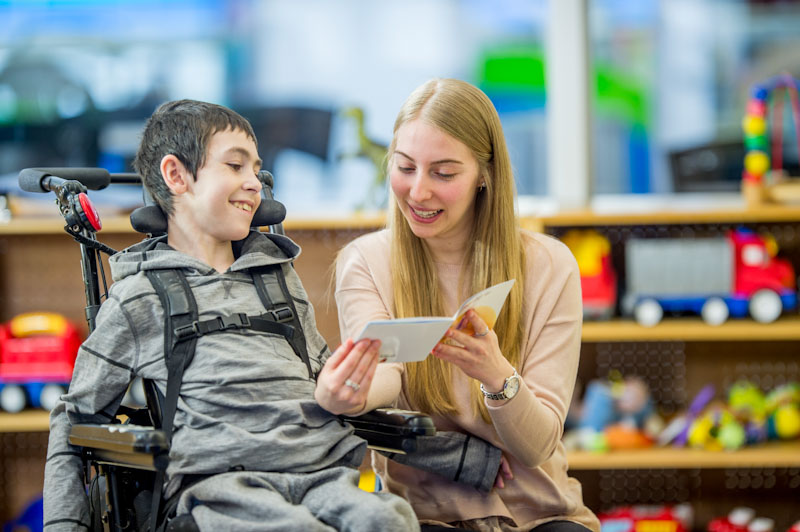
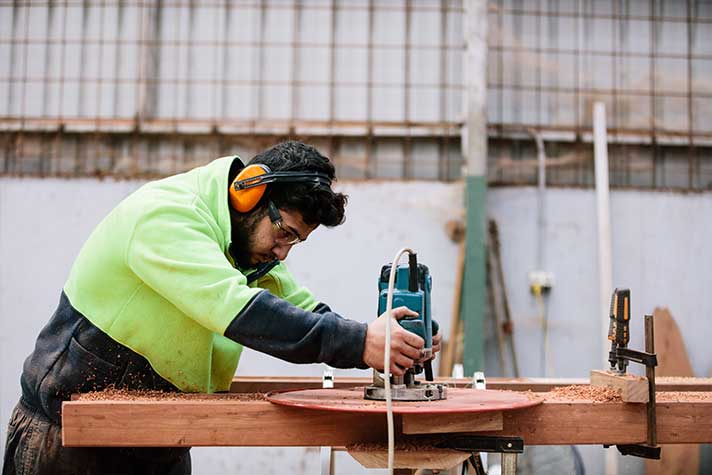







_1.jpg)


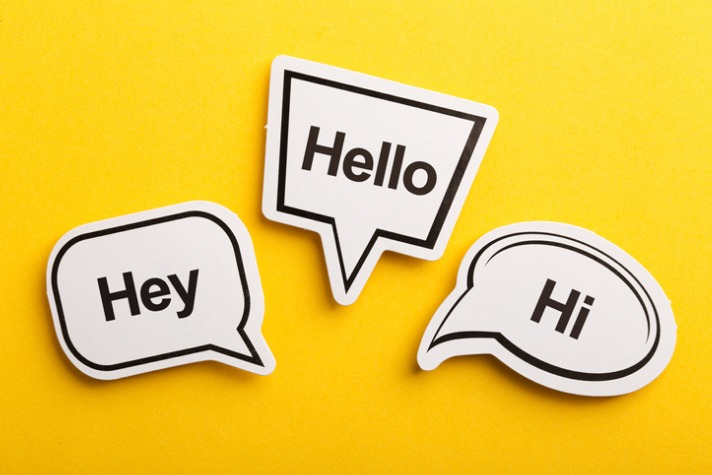
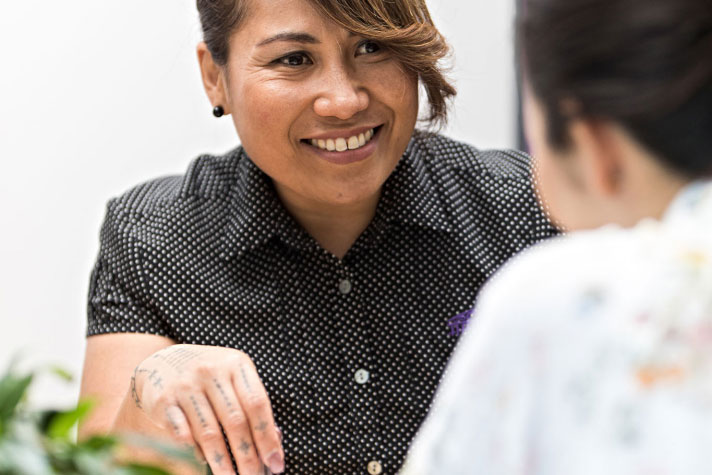
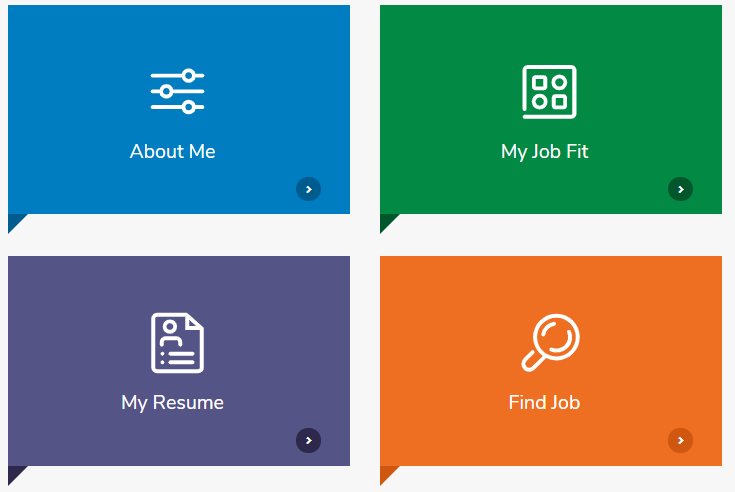

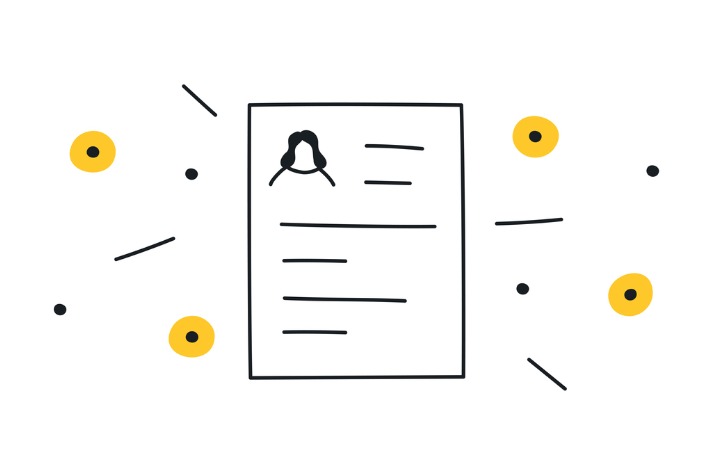

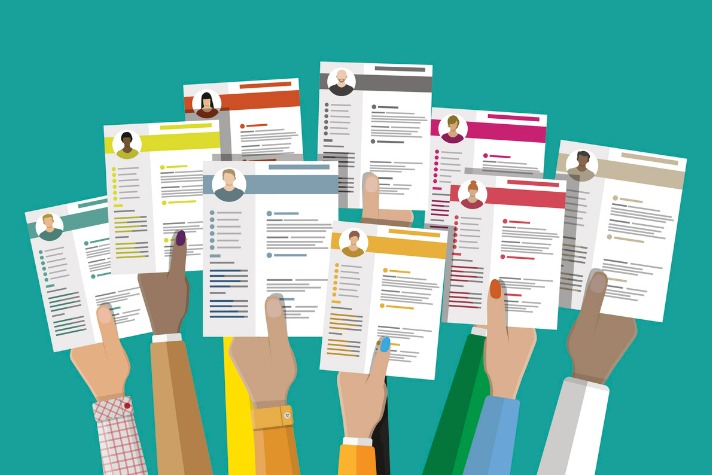
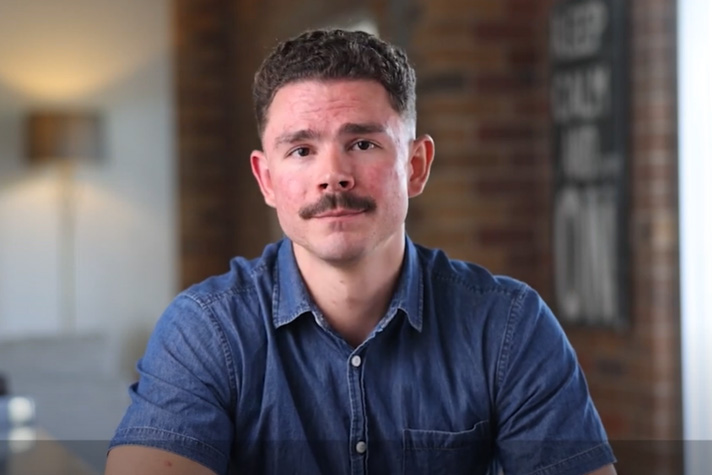
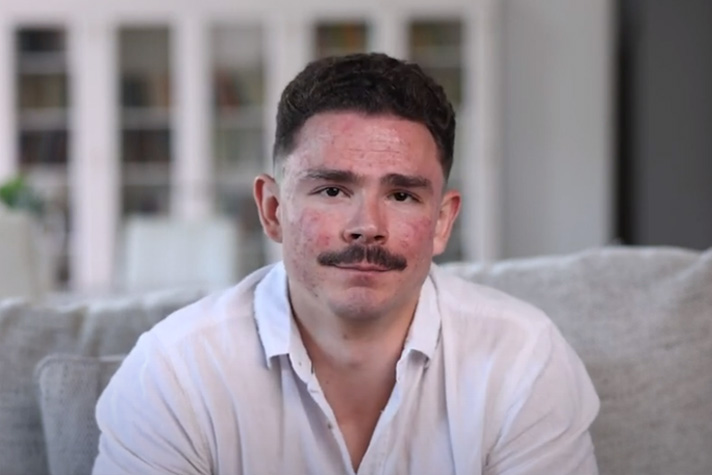
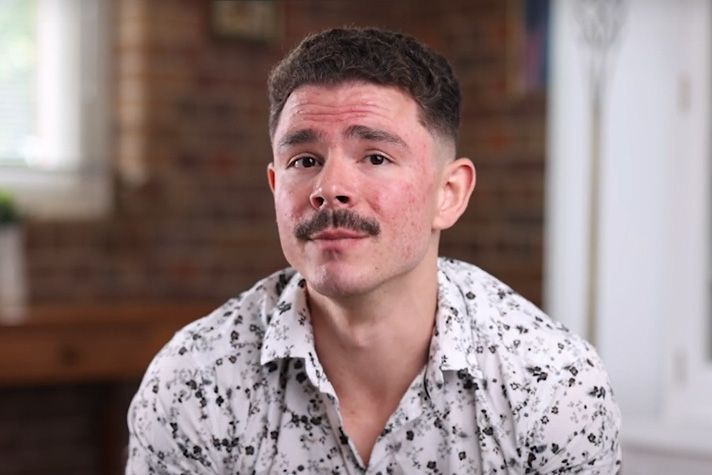
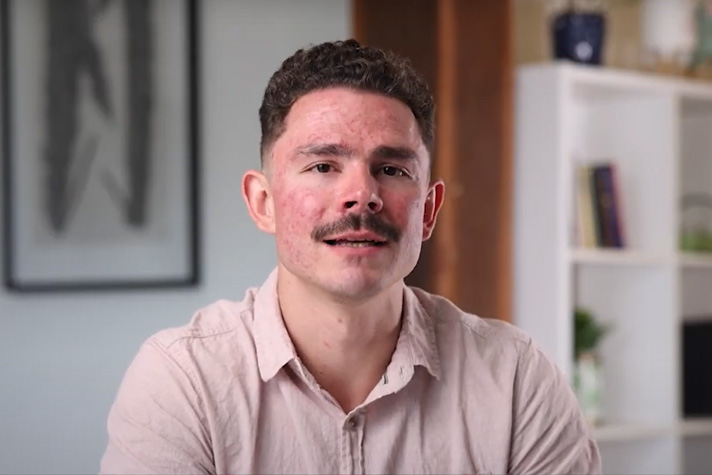
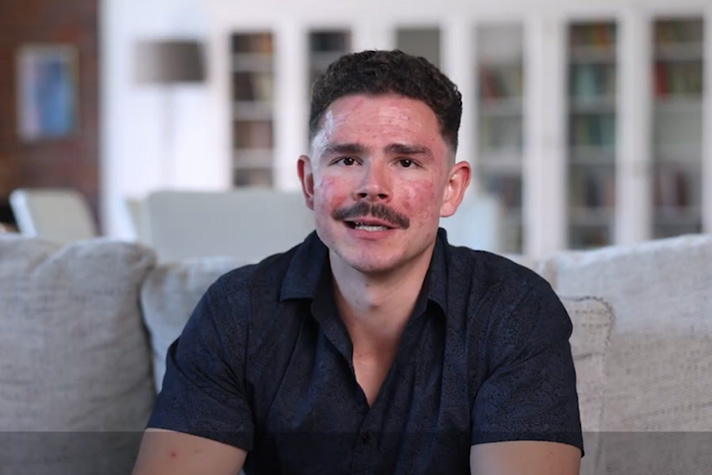





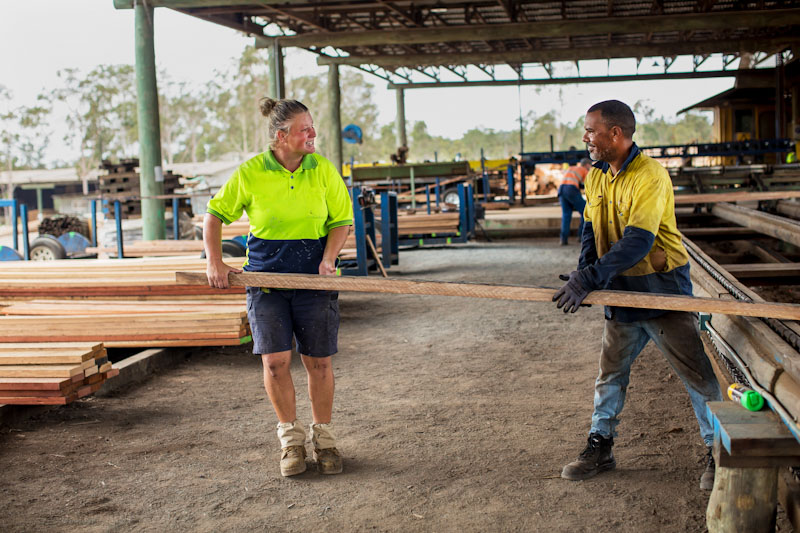







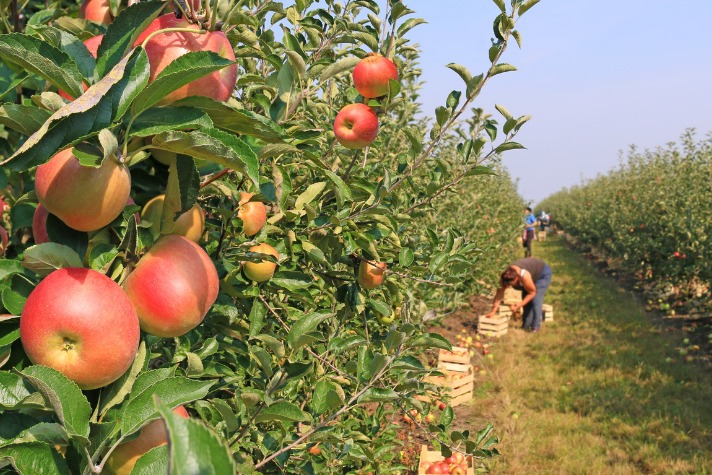

.jpeg)
